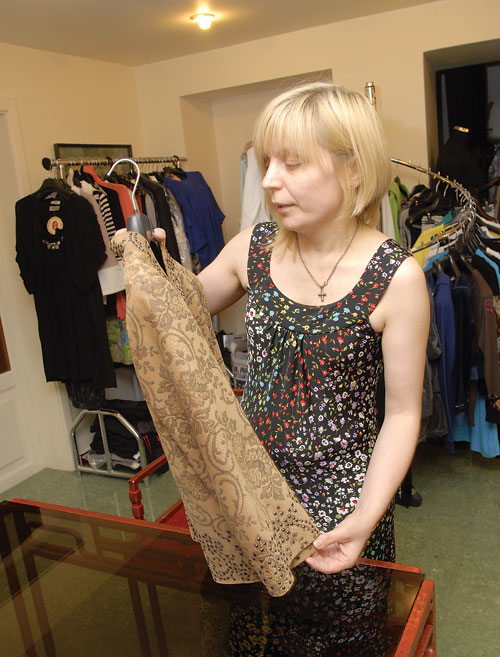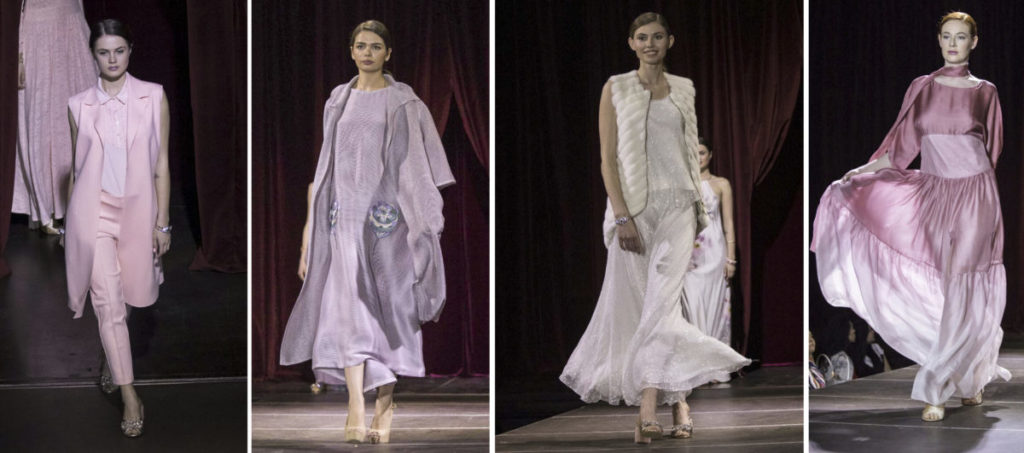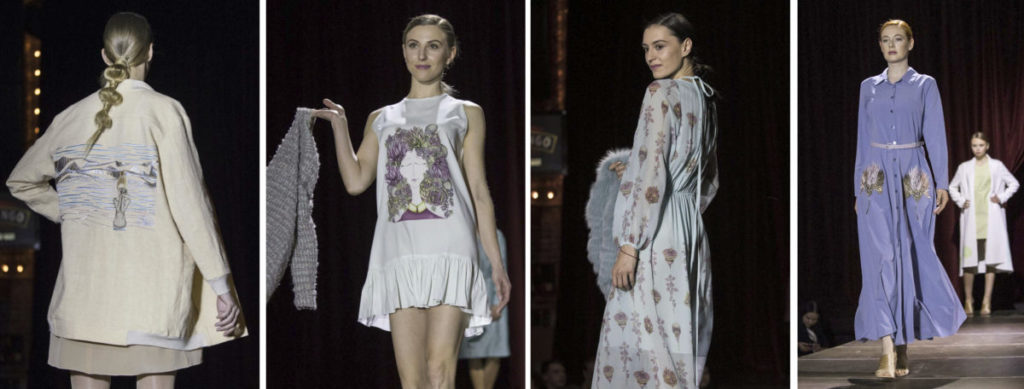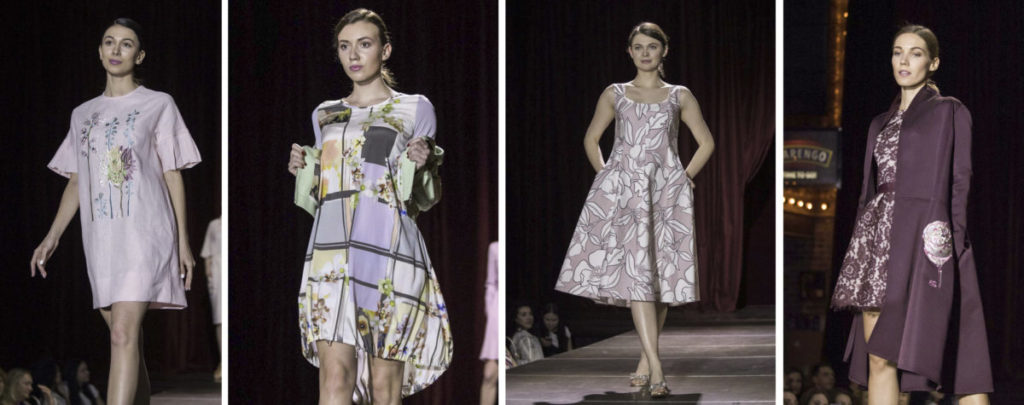How It All Began
Svetlana Nikitchina, a graduate of the Institute of Light Industry, started her business at the height of the past crisis. It was 1992.
After graduation, Svetlana had nothing to do – she earned her first money, being a seller. I must admit that a profession of the seller brought her a fortune at that time – $8,000. So she decided to invest such a solid capital into a new business, which seemed close and clear to her. That was sewing clothes. Having analyzed the assortment, she came to the conclusion that there weren’t quality goods at prices slightly higher than the market ones. This became the strategy of a fledgling business woman.
Svetlana rented an office, bought sewing machines, a press and serger, using the money she had earned. After releasing the first batch of clothes, the girl set out in search of sellers. She visited stores and demonstrated the fruits of her labor there.
She managed to give her things ‘for sale’, but they didn’t find their customers.
“Undoubtedly, the clothes cost a little more than market accessories but much cheaper than their analogues. Sellers did their job badly. They didn’t hurry to help the buyers choose the right things among the bunch of hangers,” remembers Svetlana. “Then I decided to sew affordable clothes, reducing the level of profitability to 20%. But it didn’t work. This minimal upcharge didn’t allow developing normally, and quite often it didn’t earn me a penny.
Suffering the bumps, Svetlana chose the opposite tactic. First of all, she changed the price policy, setting a retail margin of 100%. This principle of value formation allowed covering losses from unsold things. In addition to price changes, innovations were also required in the process of selling products. Cooperation with stores turned out to be ineffective. Then she undertook a new method at that time – calling the enterprises with a proposal to arrange a presentation of clothes. Not all agreed at once. Nevertheless, her business gradually got off the ground.
Since the new pricing policy was oriented towards relatively well-off people, it was important to attract the first ladies of the companies to the presentation. This approach proved to be correct, and already in 1996 Svetlana registered her trade mark ASL.
“Now they often call us and persecute with various proposals to present something, but this approach was a novelty at that time,” recalls Svetlana. “As it turned out later, an eminent company Escada developed along a similar path. So, without knowing it, I chose the most successful type of promotion”.
Visiting various companies, Svetlana gradually met customers who wanted to dress beautifully and exclusively. Realizing that the need to cooperate with stores is little, Svetlana has concentrated on direct work with clients, having opened a store at her studio. If you aren’t a regular customer of Svetlana and want her to sew some clothes for you, you’ll have to wait. She has a bunch of orders.




